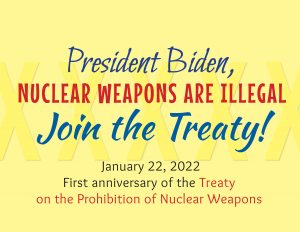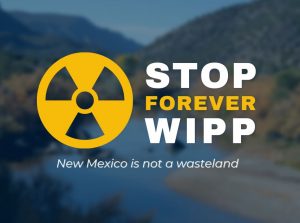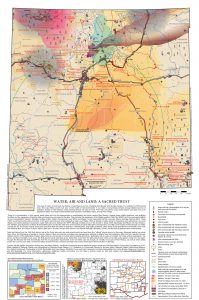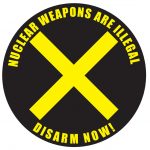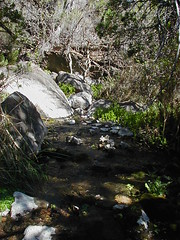CCNS NEWS UPDATE
Runs 12/12/14 through 12/19/14
(THEME UP AND UNDER) This is the CCNS News Update, an overview of the latest nuclear safety issues, brought to you every week by Concerned Citizens for Nuclear Safety. Here is this week’s top headline:
- Pope Francis Calls for A World Without Nuclear Weapons at Vienna Conference on the Humanitarian Impact of Nuclear Weapons
Amongst a growing number of participants at the Third Conference on the Humanitarian Impact of Nuclear Weapons in Vienna, Pope Francis clarified the Catholic Church’s position for nuclear disarmament. In a message read by Archbishop Silvio Tomasi, apostolic nuncio and permanent observer of the Holy See to the United Nations in Geneva, the pope said, “Nuclear deterrence and the threat of mutually assured destruction cannot be the basis for an ethics of fraternity and peaceful coexistence among peoples and states. The youth of today and tomorrow deserve far more…. Peace must be built on justice, socio-economic development, freedom, respect for fundamental human rights, the participation of all in public affairs and the building of trust between peoples.” He concluded his message with an affirmation that “a world without nuclear weapons is truly possible.”
In a press conference, Archbishop Tomasi expanded on the concept of deterrence, saying, “During the ‘80s, especially during the cold war, the use of deterrence was accepted as a condition for avoiding worst results, but not as a value in itself.” He explained that deterrence is no longer justified because of the risk of accident or the weapons falling into the wrong hands. He said, “So we go back to the principal that the possession and use of atomic weapons is not at all acceptable.”
In a document released to the conference, entitled “Nuclear Disarmament: Time for Abolition,” the Catholic Church joined other international organizations calling for a re-examination of the policy of deterrence, questioning whether it is a “stable basis for peace” and noting that it is like a feudal tenant’s sworn loyalty to a lord, or “a kind of religion” in its own right. http://www.news.va/en/news/message-of-the-holy-father-on-the-occasion-of-the
On December 6th and 7th, before the formal conference, a civil society conference attended by over 600 people from around the world, was facilitated by I-CAN, the International Campaign to Abolish Nuclear Weapons. On December 8th and 9th, the government of Austria hosted the third Humanitarian Consequences of Nuclear War. During the November 2014 United Nations General Assembly, 180 nations endorsed the Vienna conferences.
For the first time, the U.S. sent a representative to the conference.
The nine weapons states, China, France, India, Israel, North Korea, Pakistan, Russia, United Kingdom, United States, are modernizing or expanding their nuclear weapons arsenals and systems. It is estimated that the U.S. will spend $1 trillion over the next 30 years. This week the U.S. Senate and House passed an Omnibus bill to fund the government and avoid a shutdown. It included over $8.2 billion for weapons activities.
The fourth Conference on the Humanitarian Impact on Nuclear Weapons is being planned.
This has been the CCNS News Update. To learn more, please visit our website at http://www.nuclearactive.org


